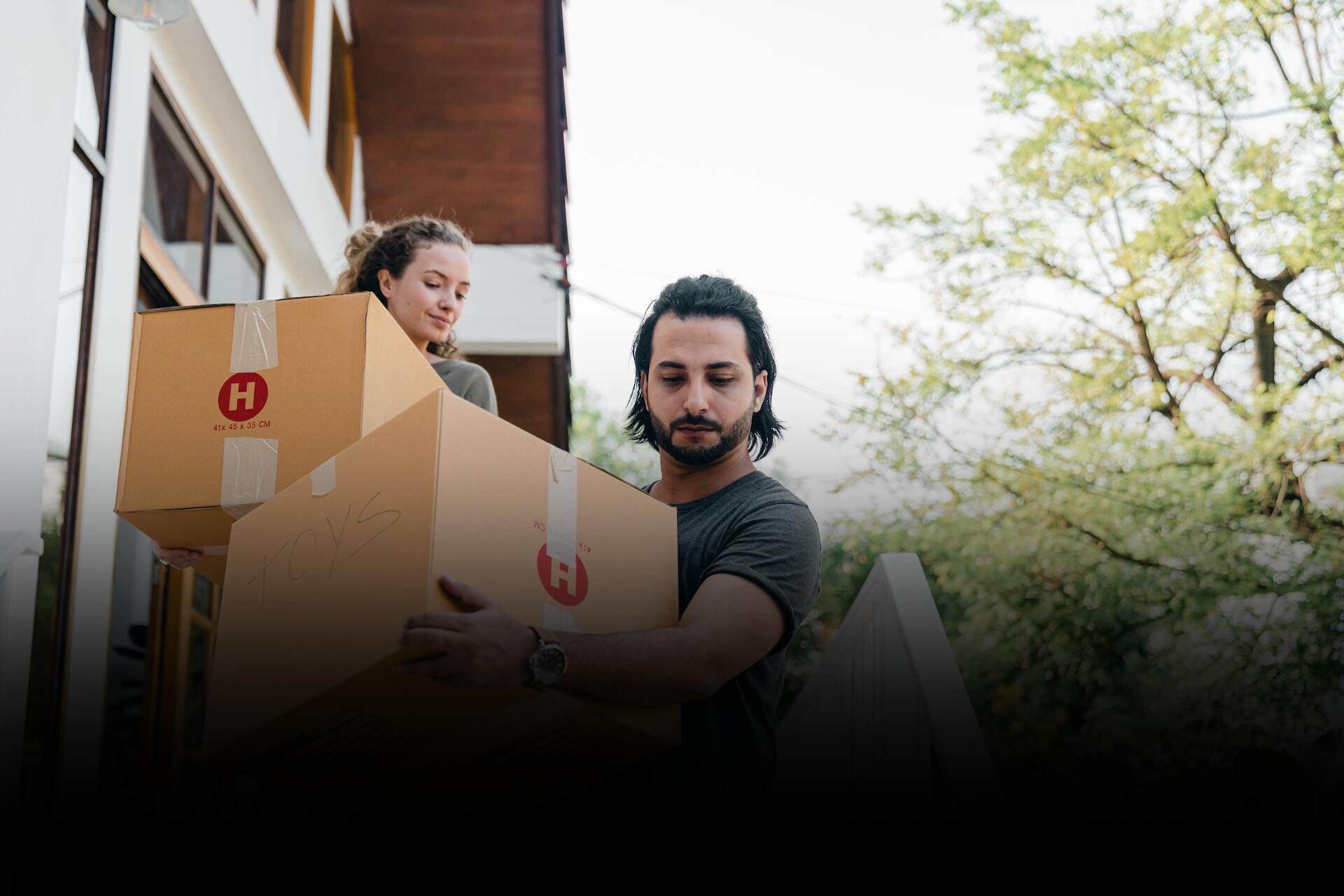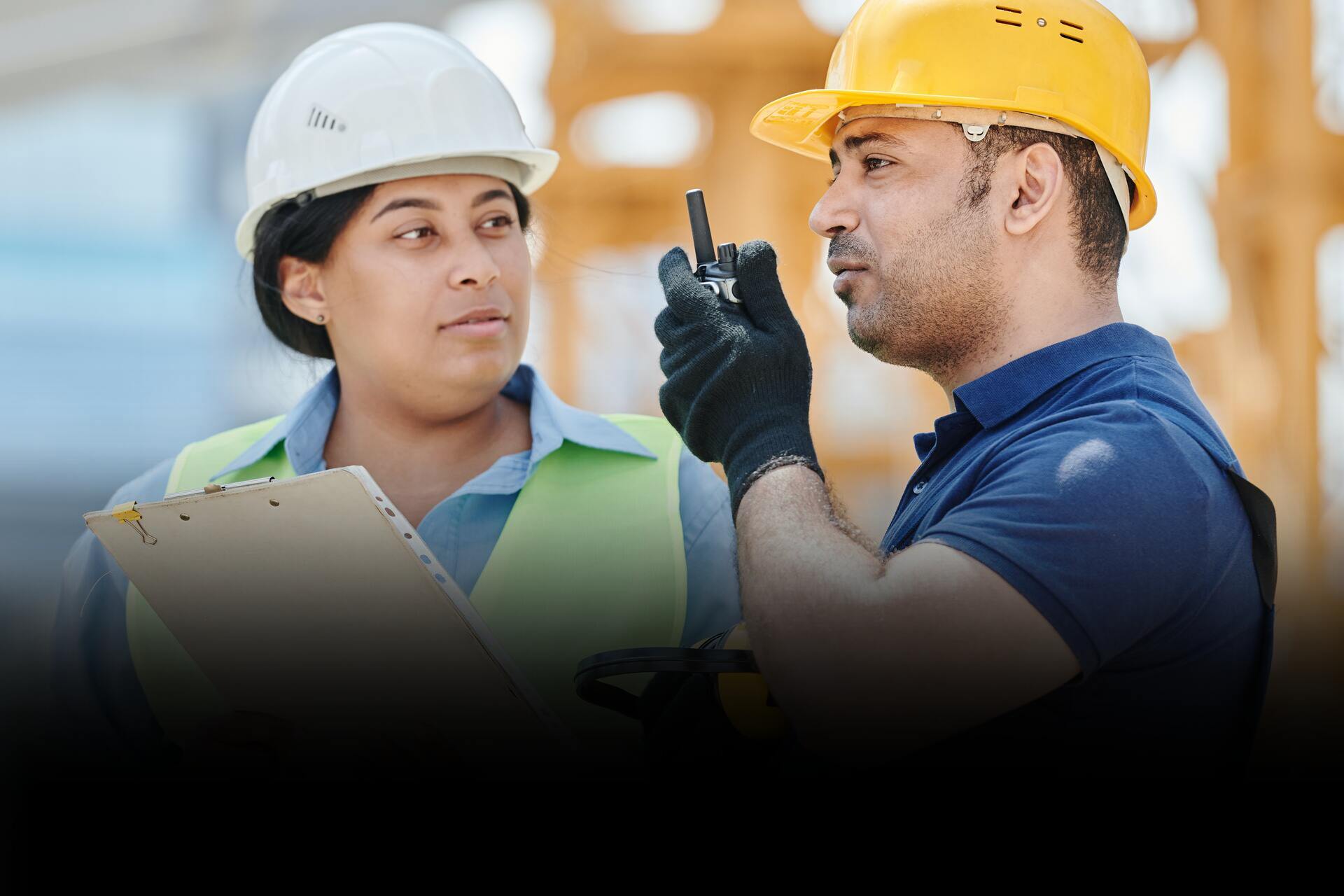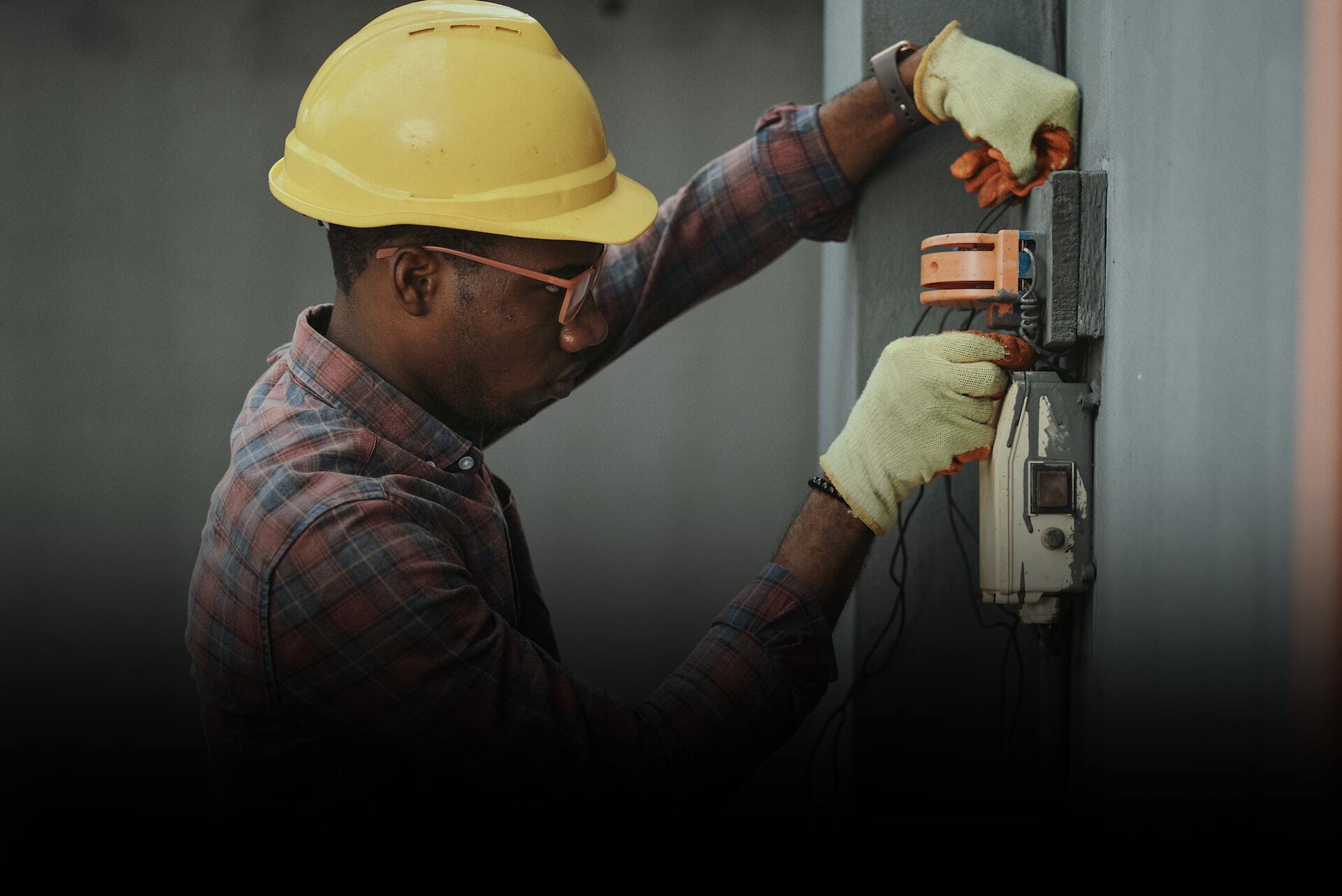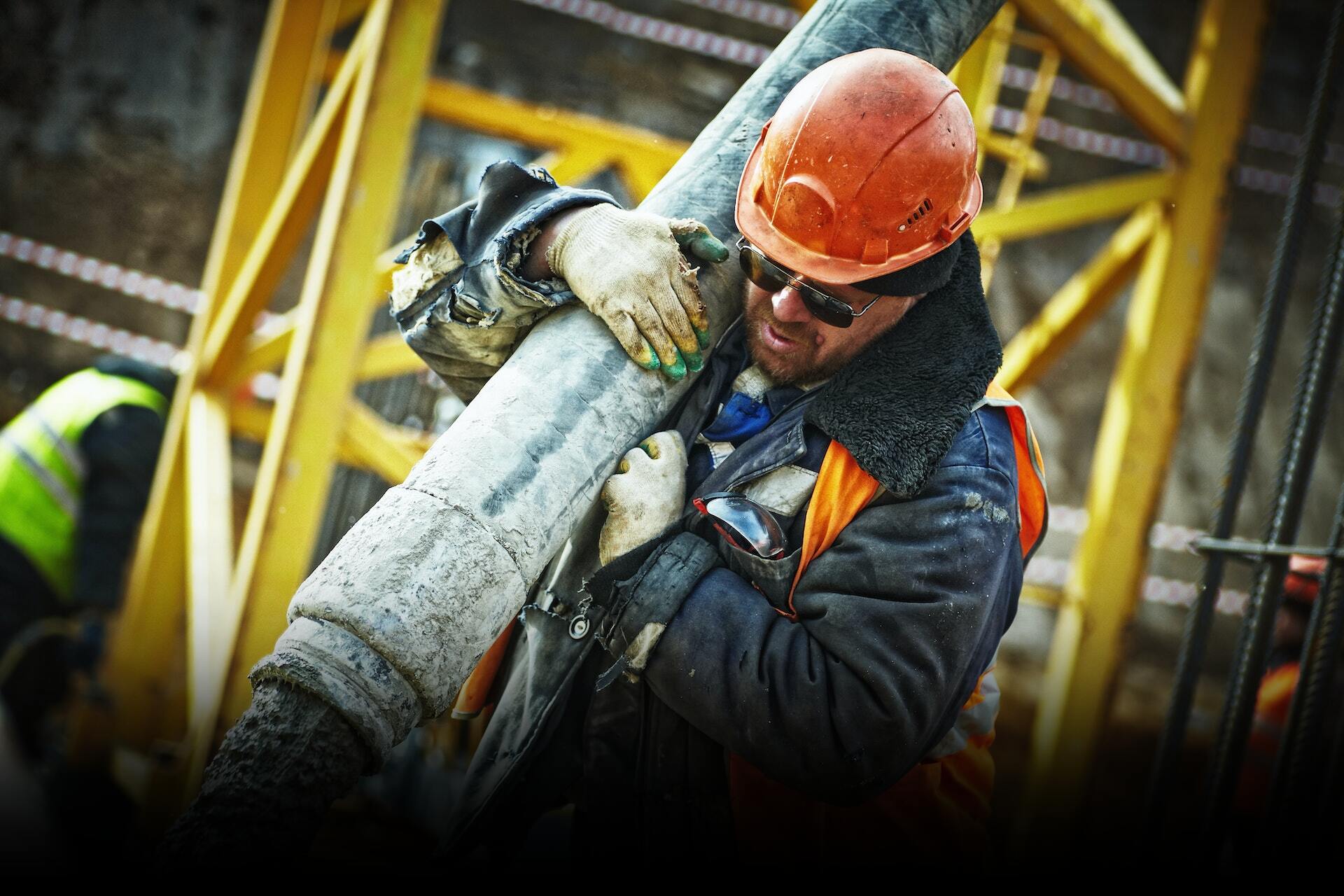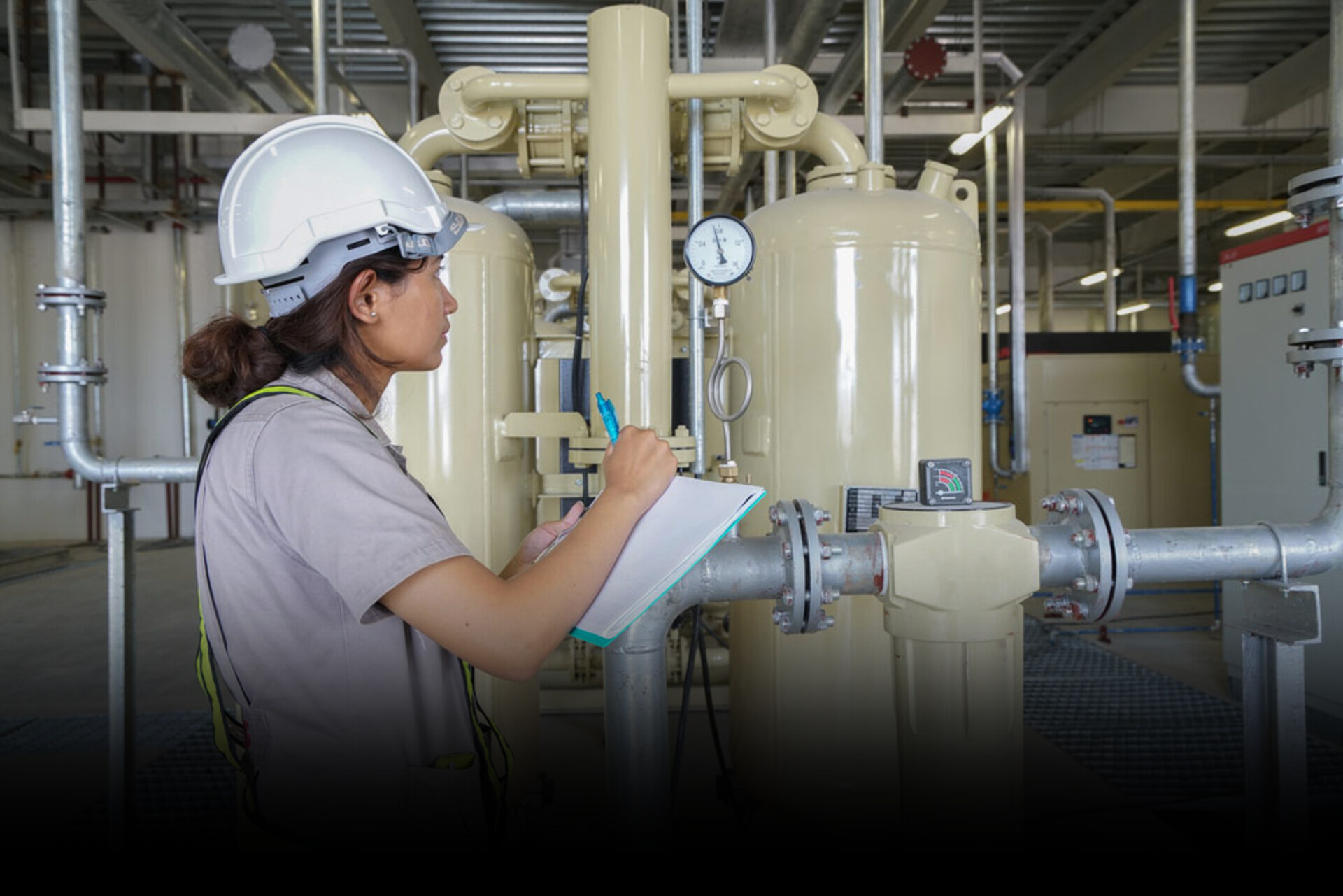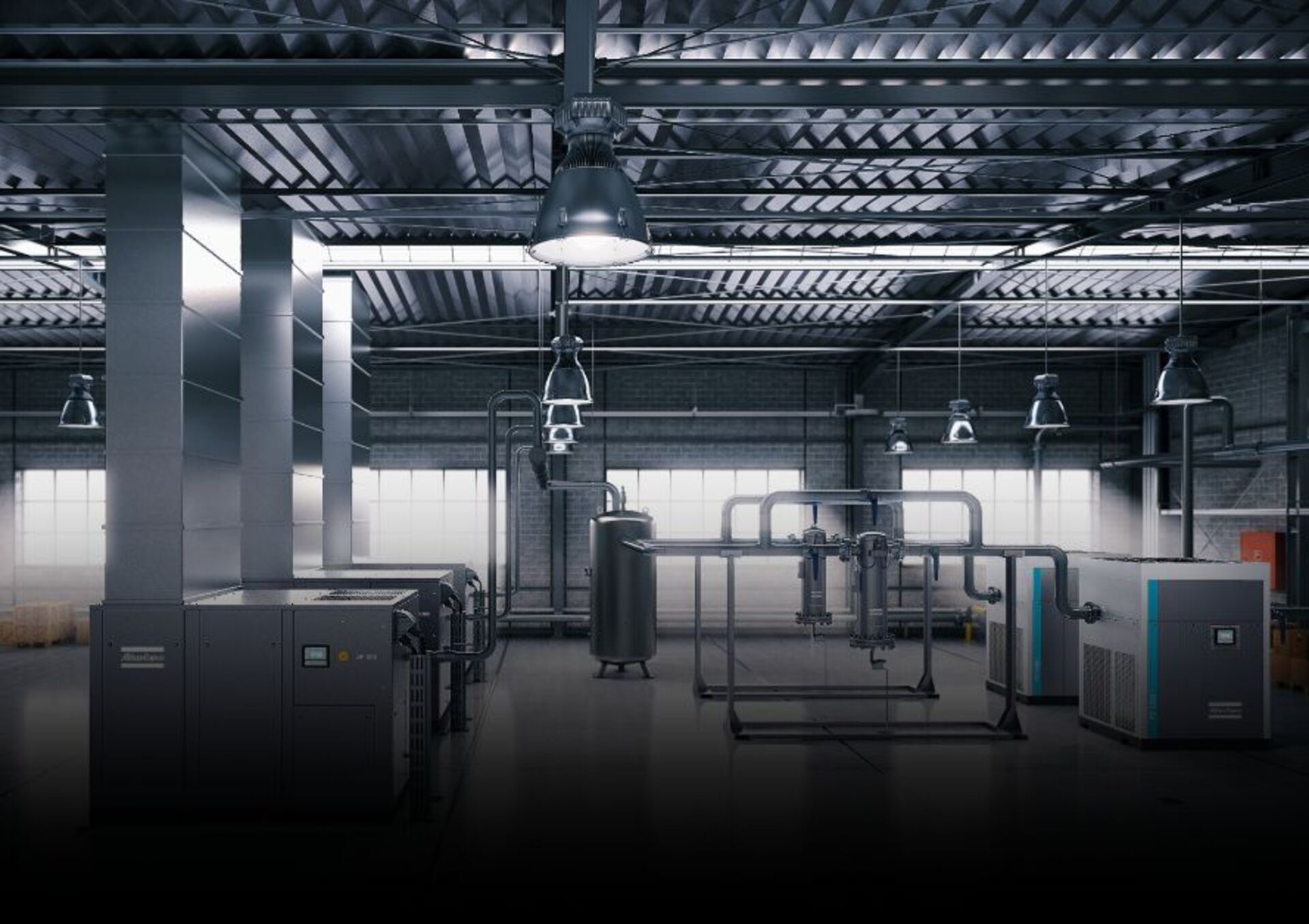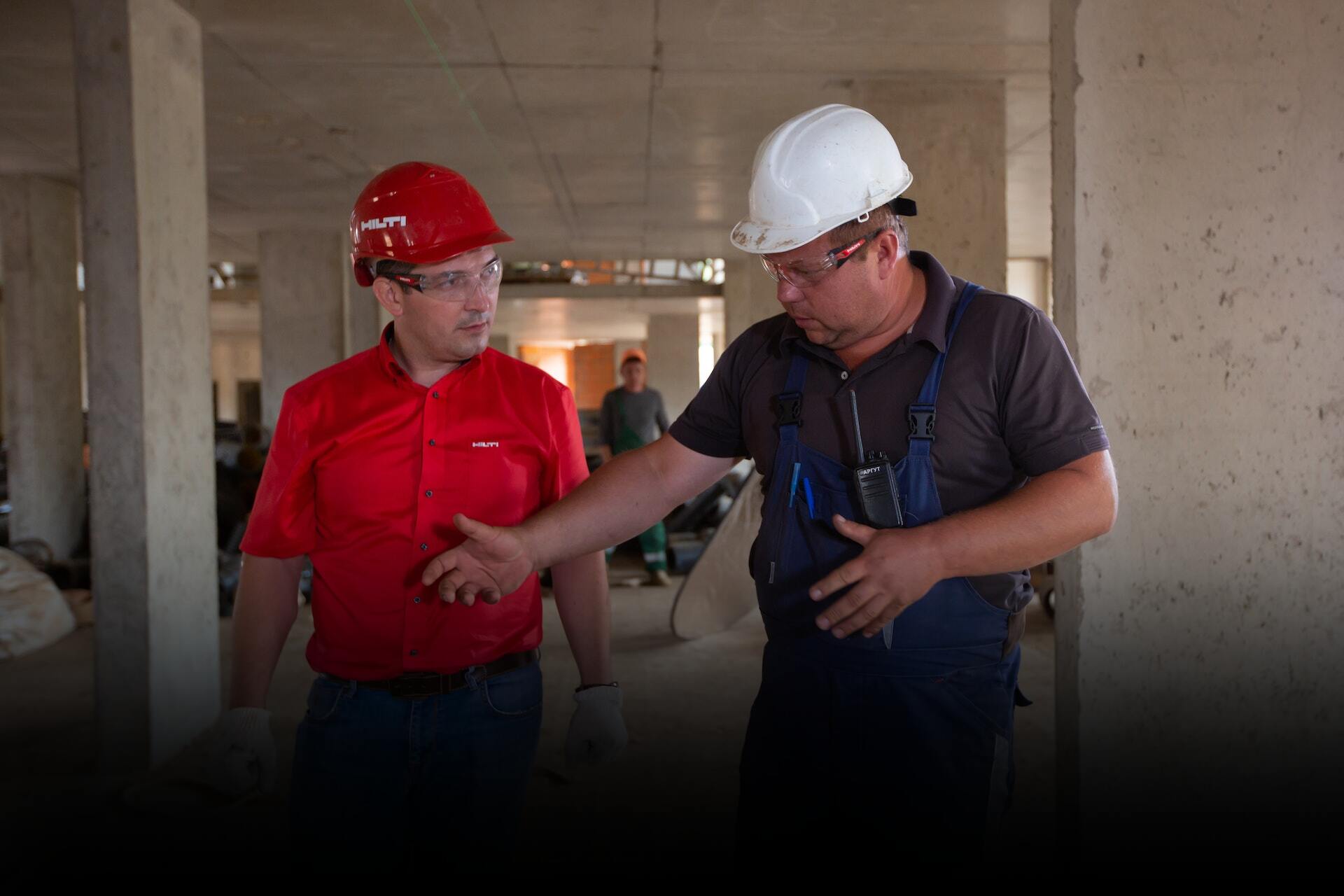
No Time to Read?
Let’s Explore the Blog Together to Know What’s Inside in 5 min summary video
WWhen weeds are discovered in the agricultural sector and you decide to get rid of them, you must dig up the roots because if you only get rid of the foliage, the weed will come back. Similar to how controlling the immediate causes (foliage) only provides a temporary solution, root causes (weeds) will only lead to more severe unfavorable effects. Organizations can learn from past failures and avoid similar ones in the future by conducting investigations and identifying the core reasons. The methods and instruments for organizing the inquiry, analyzing negative incidents, and determining root causes are listed below. Keep in mind that you get to decide which methods work best in the office.
Emergency Response
1- Initiate the ERP immediately
2- Take prompt action regarding injuries, fatalities
3- Make the event area safe
4- Call authorities (ambulance, F.F) if required
Initial Report
1- Preserve the event scene
2- Write down names of injured people, damaged equipment, witnesses
3- Report to Health and Safety responsible
Read First ``How To Investigate Accidents and Incidents``
Step 1: Gather Information
Begin immediately or as soon as possible with finding out what did happen, leading conditions and actions to the adverse event. If necessary (needed) work must stop and unauthorized access be prevented then start to capture available information while preserving the scene to prevent losing, corruption of details.
The following questions will guide your methodical approach:
a) General Information
1- Where and when did it happen?
2- Who was injured/suffered ill health?
3- Was anything else involved ?
Yes, quite a bit of detective work. Precisely chase the facts, but in the case of information’s lack or uncertainties, write down all scenarios and consider everything that might have contributed to the adverse event, as it may provide you with a greater insight into the hazards and risks in your workplace.
Priority goes to the closest person who saw what happened or knows anything about the conditions that led to it. As much as possible, collect available and relevant information (e.g., permits-to-work, environmental conditions).
4- How did the incident occur?
Describe the sequence of events and coincidences ended by the adverse event, and don’t ignore chronological order. Work out the chain of events by talking to the injured person, eyewitnesses, line managers, health and safety representatives, and fellow workers, as explained prior. Never prejudge someone guilty by assigning responsibility or the probable causes.
5- Does any equipment be involved?
If a machine, tool, plant, or piece of equipment directly bears on the incident, clearly record and identify the tiniest information from a nameplate (model type, model number, year of manufacture), any modifications, maintenance schemes, older near-miss, first aid or injury had occurred. You might need to search for and contact the vendor regarding common hazards and risks to match them with the recorded ones in the risk assessment, and the same machine has been implicated in a number of adverse events.

6- What activities were being carried out at the time?
Search for a good description and relevant details about type, way, position, task and work, surroundings, equipment and materials being used, and how many workers were performing the task that had been done momentarily before things went wrong. Particular details can shed light on the conditions and circumstances that caused something to go wrong.
7- Any unusual, weird, unfamiliar working condition?
Usually, new situations can be difficult to adapt to, especially if they present hidden or unknown hazards. If working conditions were so, why was this? Record this particular situation regarding safe working methods that were well known and being followed. If otherwise, find out the reason. Were workers and supervisors sufficiently trained and experienced to recognize and adapt to changing circumstances or unfamiliar situations?
8- Is there any resultant injury or ill health?
Be as precise as possible with the details of the casualty, is it first aid or taken to hospital? Mention what type and which part of the body have been injured and the nature of the injury (bruising, burn, broken bone, right upper arm, fingers, palm). That tiny piece of information may help spot a hidden unsafe piece of equipment or sharp edge and then take remedial action to control it.
b) Organizational Information
9- Were safe working procedures available?
“We’ve been doing it that way for years, and nothing has ever gone wrong before.” You’ve probably heard this sentence at least once. Counting on “safe working procedures” guarantees safe working conditions. It shall be emphasized that availability is in place and being followed. And if not, find reason. Detect adequate supervision, and were the supervisors competent?
10- Were the safety arrangements sufficient?
Safety equipment and safety procedures shall both be sufficient and relevant to the hazards and risks recorded in the risk assessment. Search for conditions of safety: technical safety equipment at machines; power supply isolation; available controls; personal protective equipment (PPE).
11- Maintenance and housekeeping scheme available and sufficient? If otherwise, why not?
If a piece of equipment takes part in an incident, you shall point to the maintenance scheme and housekeeping condition, were they effective? Was the surrounding area tidy and free of slipping or tripping hazards? These observations can be recorded after the incident takes place.
Machines and tools do not have brains-use your own
– Safety Advisor
C) Work Environment Information
12- Do workplace layout and process design have any hand in the incident?
Slipping, falling, tripping, collisions, contact with sharp edges, or a moving truck may happen due to passing ways, intersections, or crowded spaces. Poor storage design of hazardous or highly inflammable materials in approaches to activities involving naked flames and heat. Or may employees not be able to see the whole work area and what their colleagues are doing.
13- How does the process nature or shape of the material impact lead to the incident?
Did work-related materials design, weight, quality or packaging pose a hazard? Find out if integrated working process(es) took part in the incident, such as poor-quality materials or equipment failing during normal processing, causing malfunctions and accidents.
14- Did other conditions influence the incident?
‘Other conditions’ is intended to cover everything else that has not been reported yet, for example: misunderstandings between people; the weather; unauthorized interference in a process or job task; defective supplies or equipment; trespass or sabotage.
d) Worker Information
15- Are workers competent and sufficiently qualified?
Find out if workers meet job requirements in terms of health, strength, mental ability and physical stature. Whether they are trained with the necessary knowledge, skills and hands-on work experience, bearing in mind not considering them skilled or experienced for doing the job for a long time
16- Were workers aware of the risk? Was it controlled or not, and why?
Find out if hazards and risks are well known and communicated to the workers involved in the activity. If yes, review control measures and related records (risk assessment, safe work procedure, training) to see if they are ignored, not fully appreciated, not understood, or if controls are not in place as per risk assessment, not provided, missing, sabotaged, or malfunctioning.




















